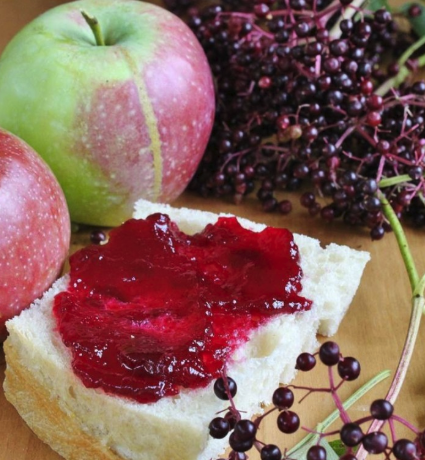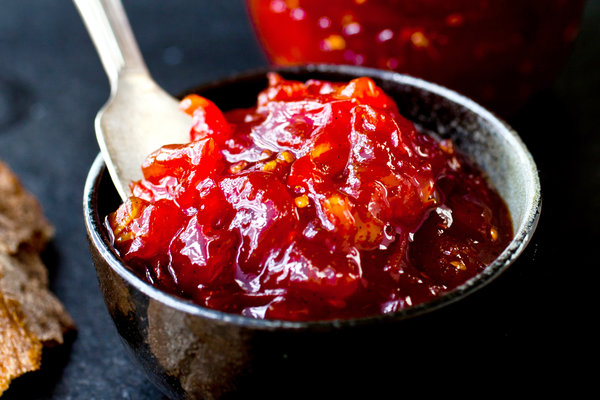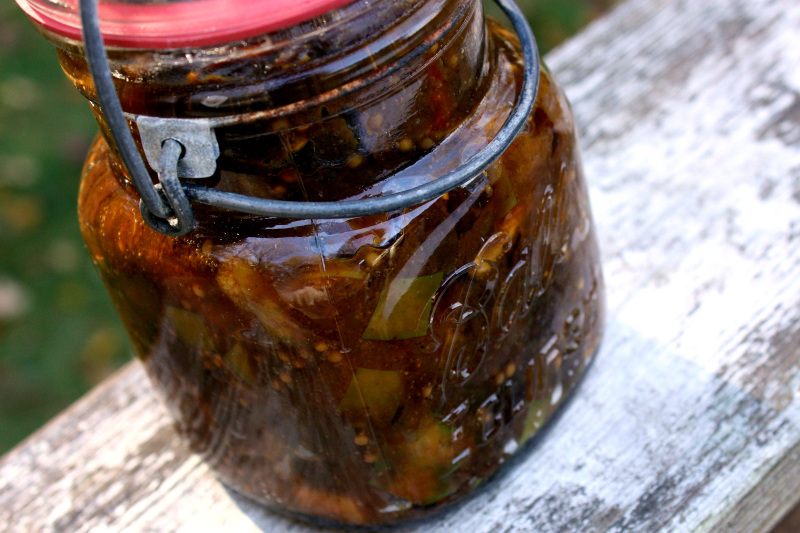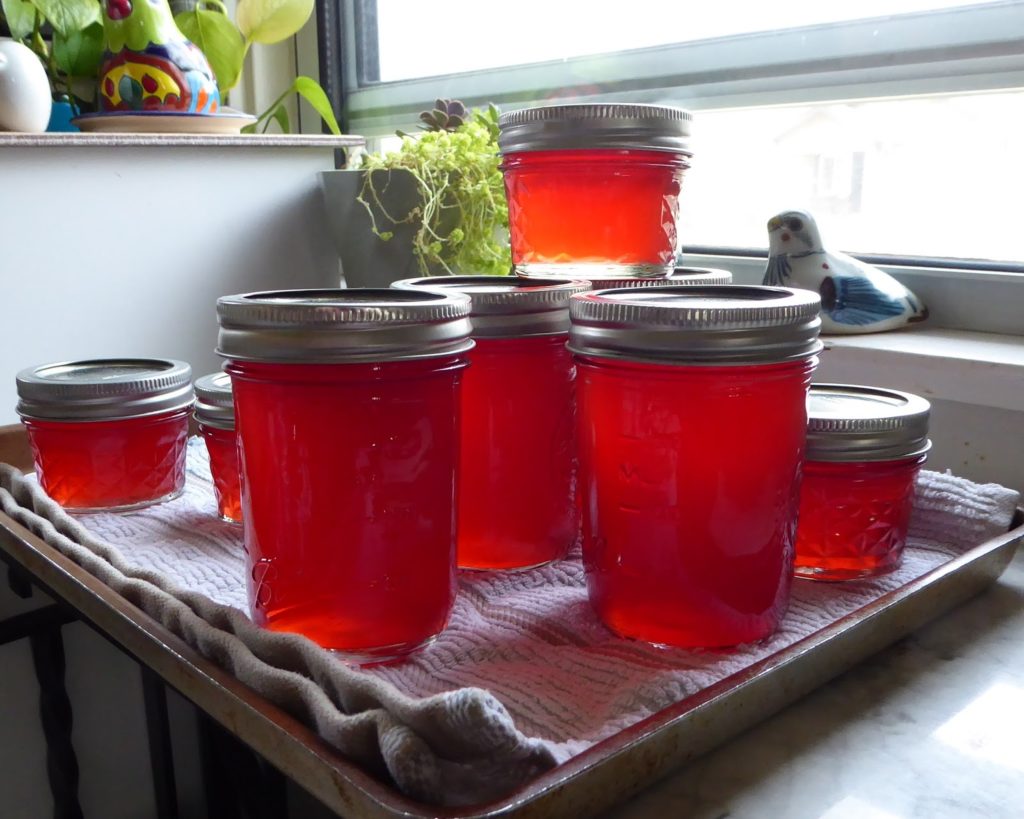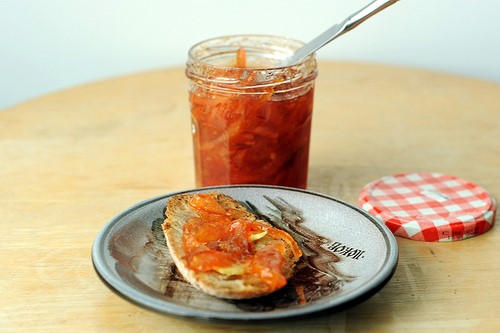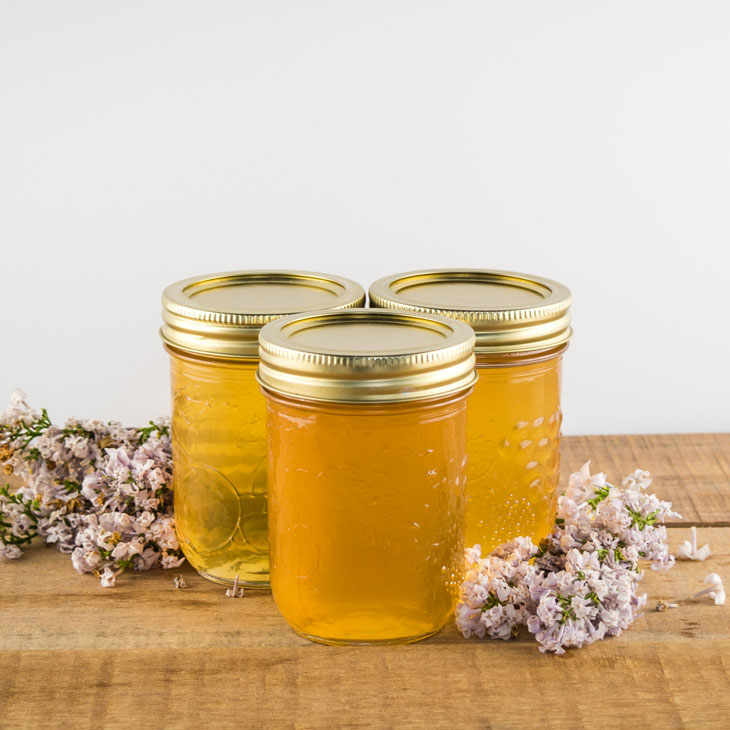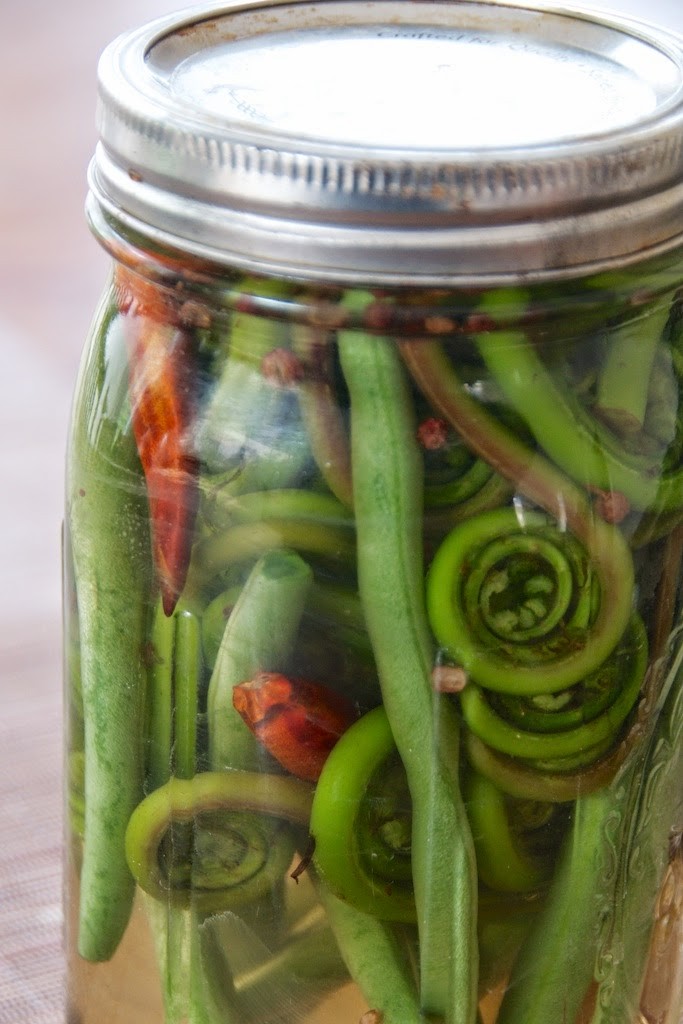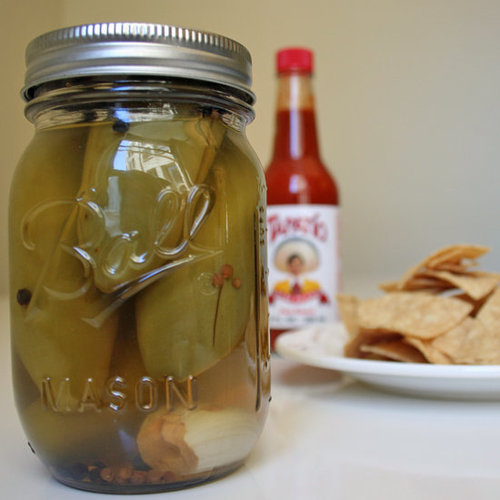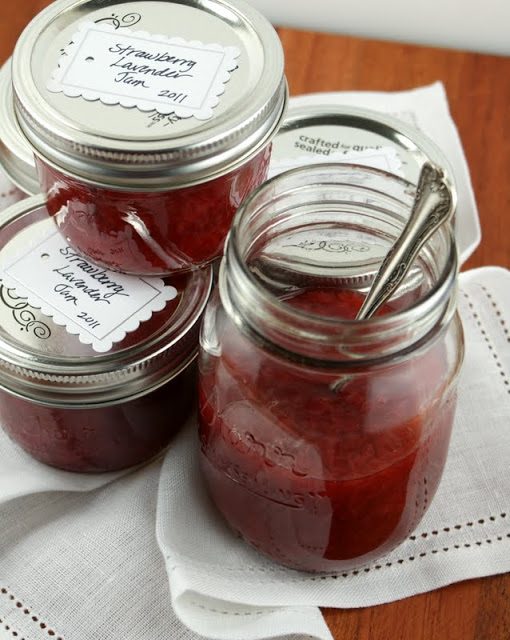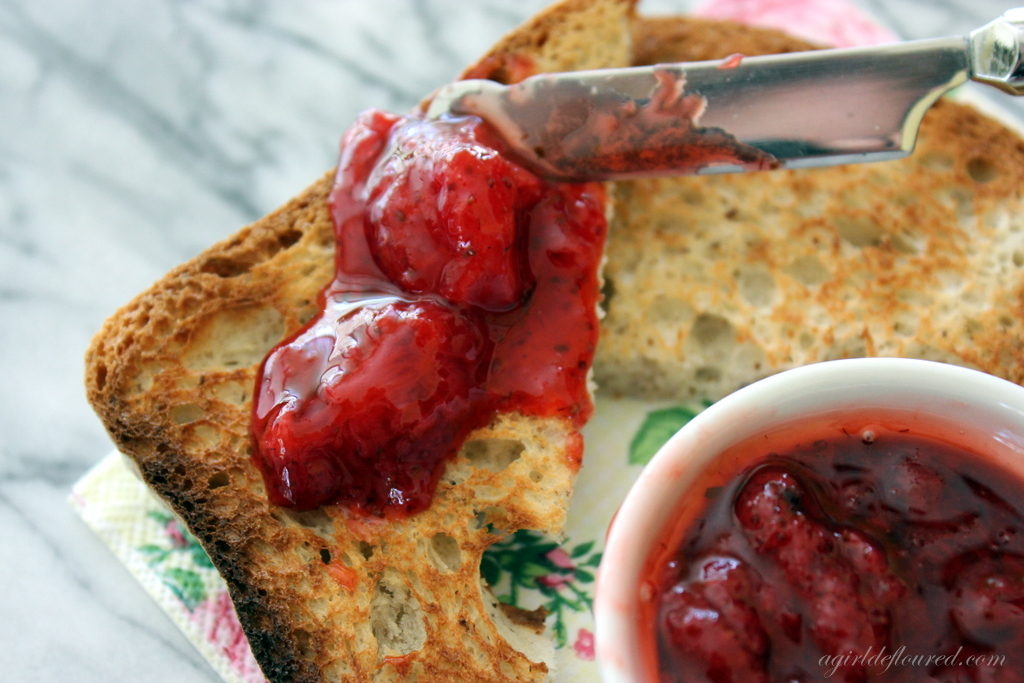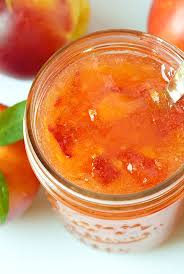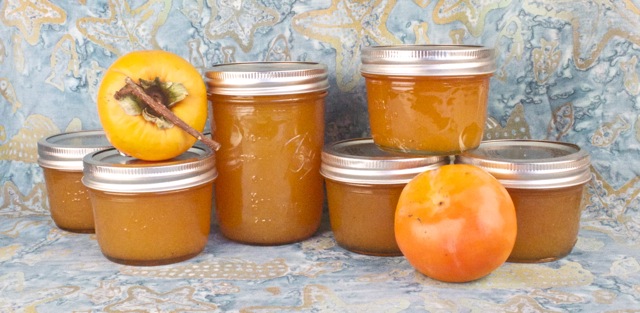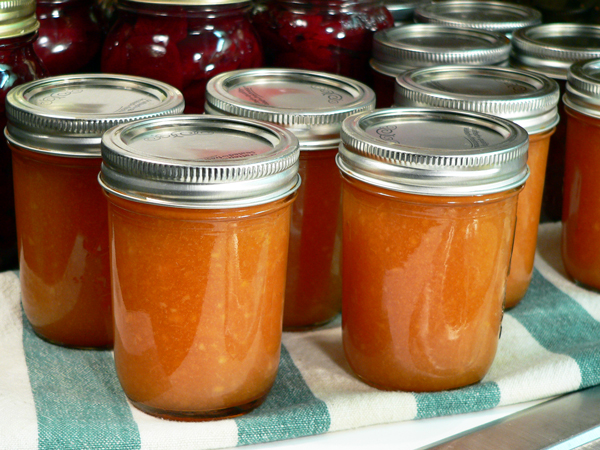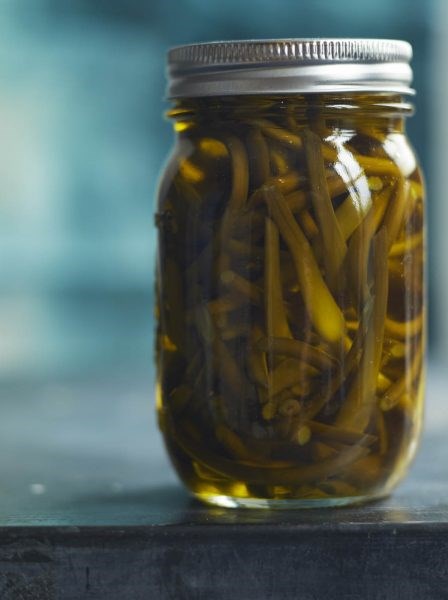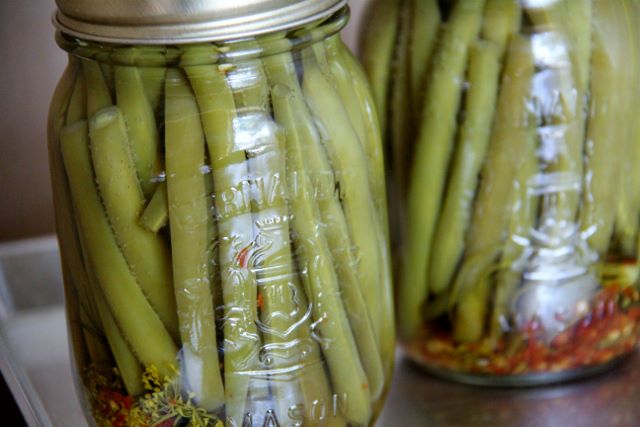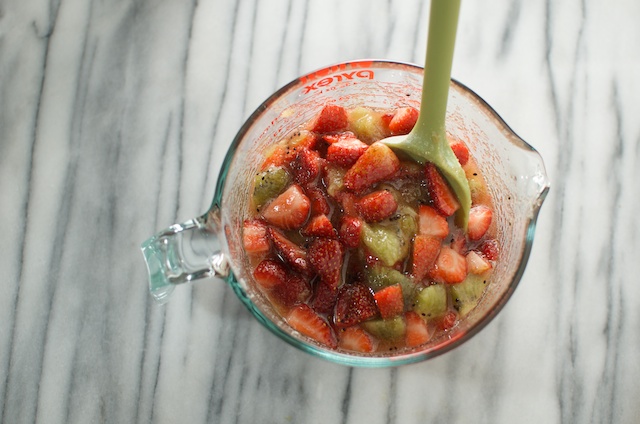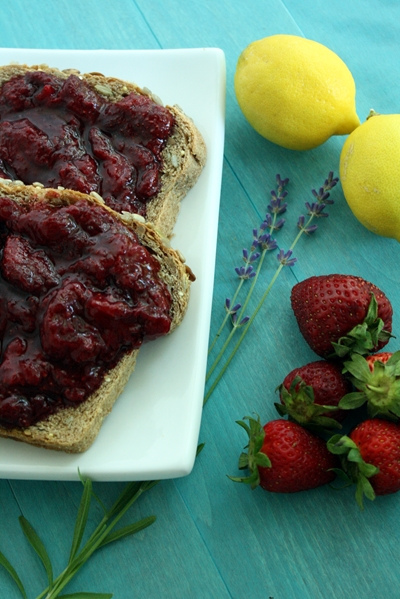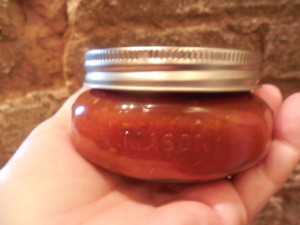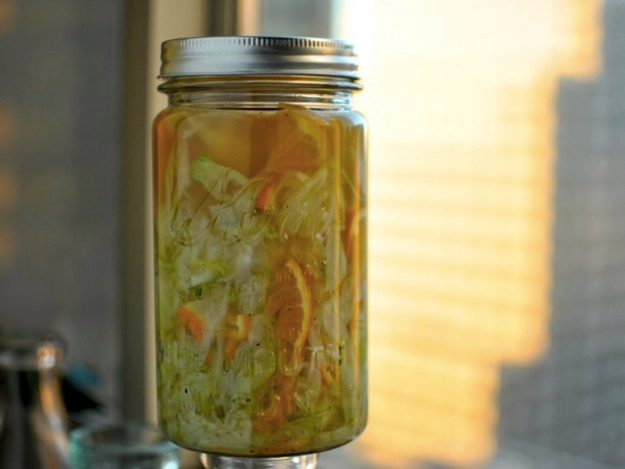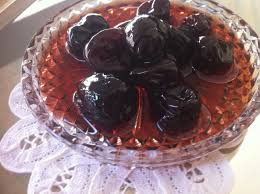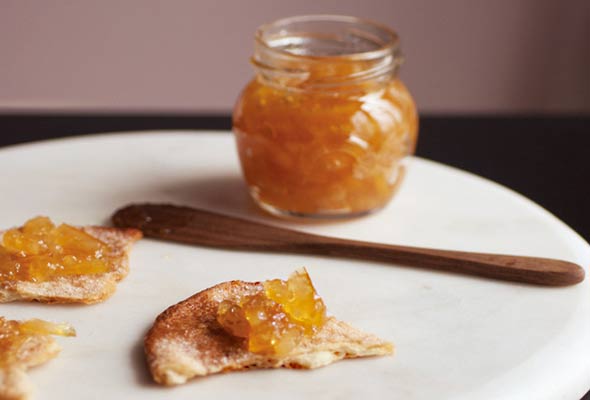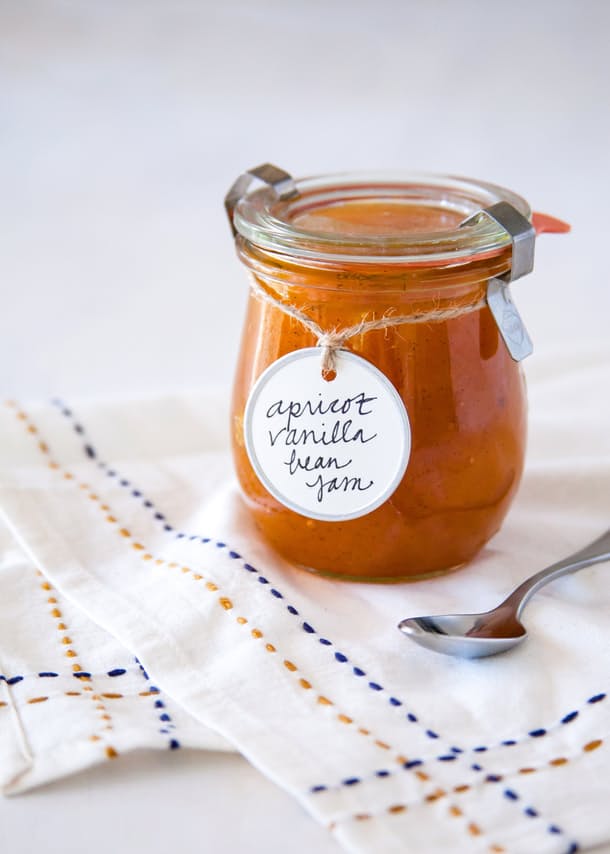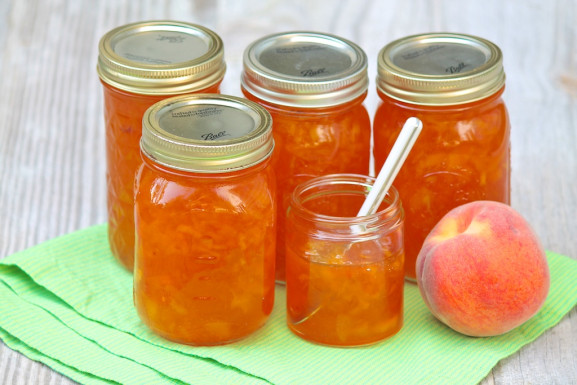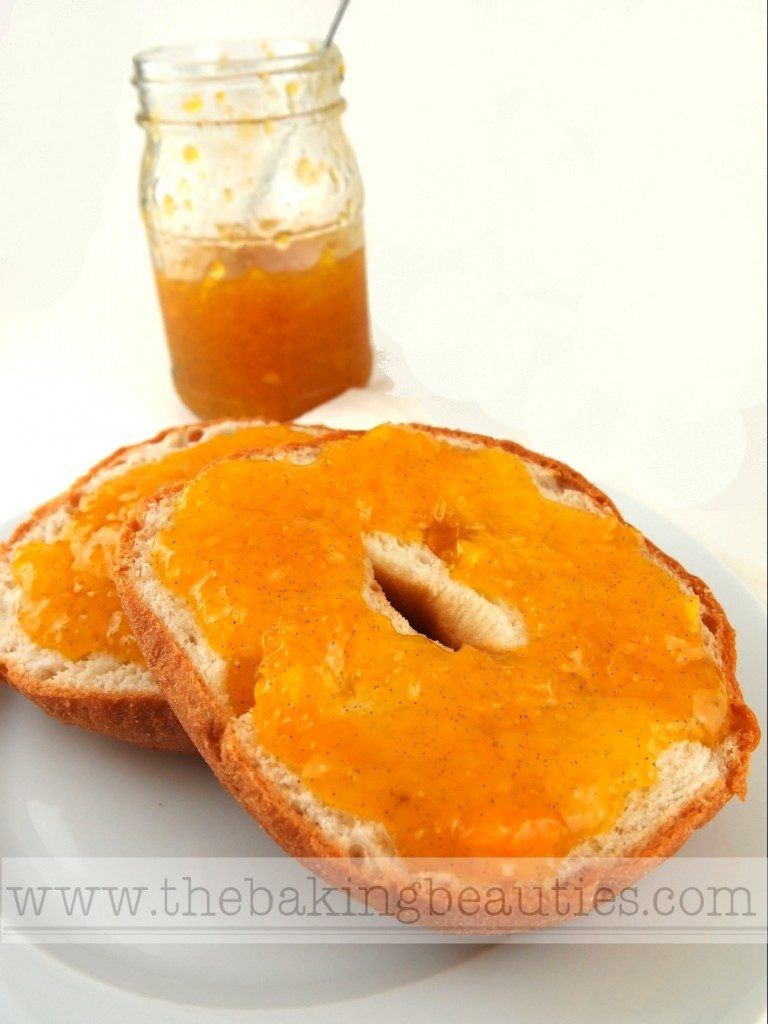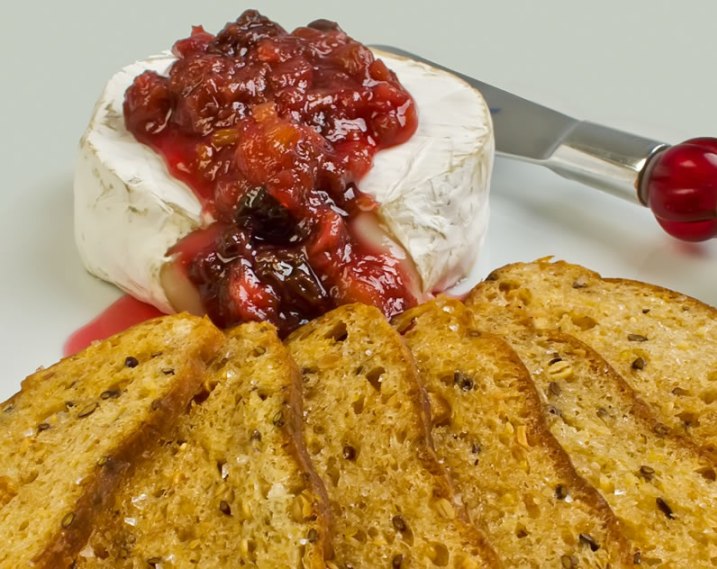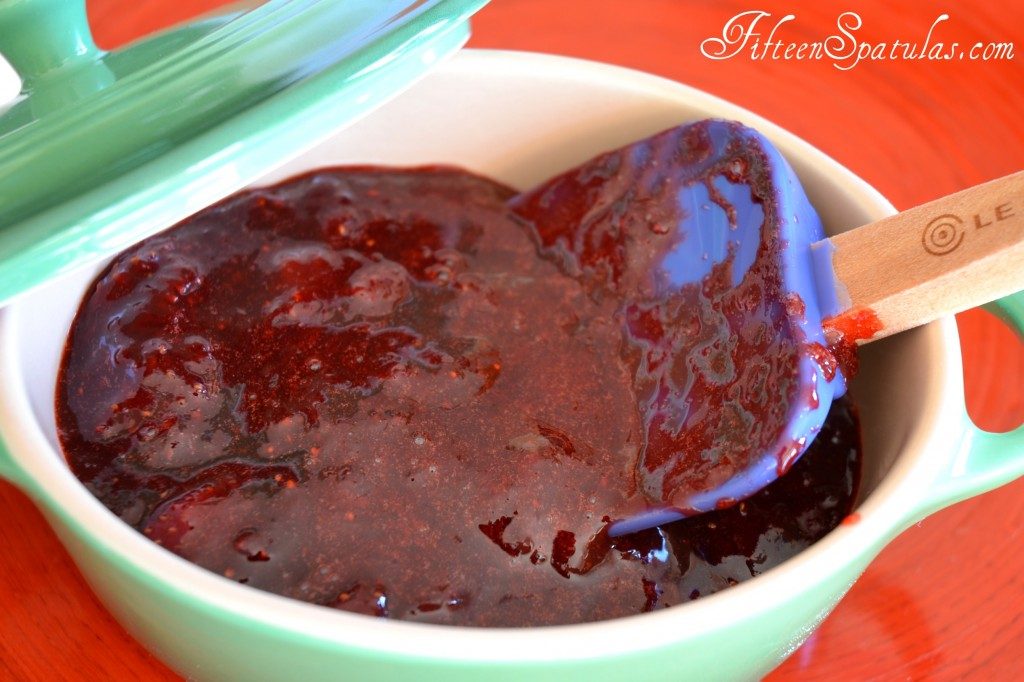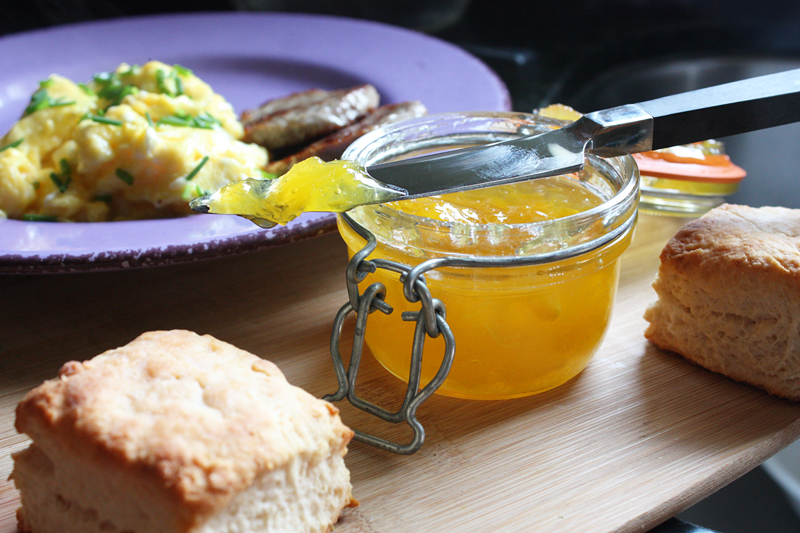 4 lb. red cabbage
4 lb. red cabbage
1 lb. carrots
3 T. pickling salt
2 tsp. celery seeds, divided
2 tsp. dill seeds, divided
2 tsp. black peppercorns, divided
2 bay leaves
4 C. water
2 T. pickling salt
Shred, slice or grate your cabbage using a food processor, knife, or grater… whatever works for you. I cut my cabbage in half lengthwise, remove the cores first, then slice the cores to add into the kraut. Then I thinly slice the rest of the cabbage by hand for a cole slaw-like consistency. Do the same for the carrots. I take a julienne peeler to mine to get those skinny slivers. Now, you should know that 5 lb. is a lot of veggies… at first. I put all of my slices and slivers into a huge soup pot because even my biggest mixing bowl wasn’t big enough to hold everything.
Once you’ve broken down all the cabbage and carrots, add the pickling salt and toss to combine. At this time, I let the veggies sit while I do some clean-up in the kitchen. The salt will start to draw out moisture and make your cabbage nice and limp.
About 20, 30 or however many minutes later, go back to your pot and knead those veggies into submission with your hands. Be sure to press down on them to expel as much water as possible. By the time you’re done, the volume of veggies should be reduced to at least half. You’ll see some water pooling at the bottom of the pot; this is good!
This recipe makes two jars of celery and dill-spiced kraut, and two jars of peppercorn and bay-spiced kraut. Divide your spices equally among the jars.
I like to fill my jar in layers: half a tsp. spices, some cabbage and carrot mix, another half a tsp. spices, more cabbage and carrot mix, and so on. While you do this, tamp the layers down with the back of a spoon to squeeze more liquid out of the vegetables. Pour any remaining liquid from the mixing pot into your jars. Leave at least an inch or two of headspace after filling, since the kraut will continue to expand and release liquid while it’s fermenting.
Run a chopstick or the end of a long spoon around the perimeter of the jar to release any trapped air pockets. It’s important that all the veggies are completely covered in liquid.
 To keep the kraut fully submerged during fermentation, I like to fill a zip-top bag with a little water and place that right on top of the vegetables, filling all the empty space in the jar. The water acts as a weight to push them down into the brine. Or, you can place a rock inside the bag as a weight.
To keep the kraut fully submerged during fermentation, I like to fill a zip-top bag with a little water and place that right on top of the vegetables, filling all the empty space in the jar. The water acts as a weight to push them down into the brine. Or, you can place a rock inside the bag as a weight.
Seal your jars with lids and store them at room temperature out of direct sunlight. The kraut may “bubble over†as it ferments, so it’s a good idea to place the jars in a shallow baking dish to catch any overflowing liquid.
If the veggies haven’t released enough liquid by the second day to stay submerged, you’ll want to top them off with brine. Bring water and salt to a boil, stir until the salt is completely dissolved, then let cool and add to the veggies. Don’t forget to leave an inch or two of headspace in the jars. Push down on the veggies, add the baggie liners with some weight, and reseal with lids.
You will see bubbling over the next few days; those bubbles are the off-gassing of carbon dioxide from lactic acid bacteria at work. Once a day or every other day, loosen the lids to let the fermentation gases escape. Pay attention to any stray cabbage or carrot pieces that may have worked their way in between the rim and baggie; you’ll want to push them back into the brine so they don’t become moldy.
As the lactic acid bacteria proliferates, your cabbage will turn into sauerkraut — or “sour cabbage†in German. The sourness comes from all the lactic acid created during lacto-fermentation.
Theoretically, your kraut is “alive†with probiotics by day four and can be eaten, but for the best flavor, you’ll want to wait anywhere from one to three weeks, depending on how warm or cool it is in your house. Warmer temperatures speed up fermentation, while cooler temps slow the process.
Check your jars each day to ensure the veggies are still submerged in liquid, and resist the temptation to fiddle with your ferment too frequently; oxygen is the enemy and will produce mold on the surface. You can begin to taste your kraut after a few days until it has soured enough to your liking.
For me, the right amount of time to perfect sauerkraut was exactly 12 days. (The temperature in my house hovers between 68°F and 70°F.) Once the kraut has achieved a nice flavor, remove the baggies, reseal with lids, and keep the kraut in your fridge to prevent over-fermentation. Your kraut should smell pleasantly sour and salty — like pickles. If it smells rotten or yeasty, chuck it and start over.
Fermented foods don’t necessarily go “bad†if properly sealed and submerged in liquid, but they will eventually reach a point of becoming too sour to be edible. Refrigeration slows down fermentation so you can enjoy your kraut at its peak flavor!
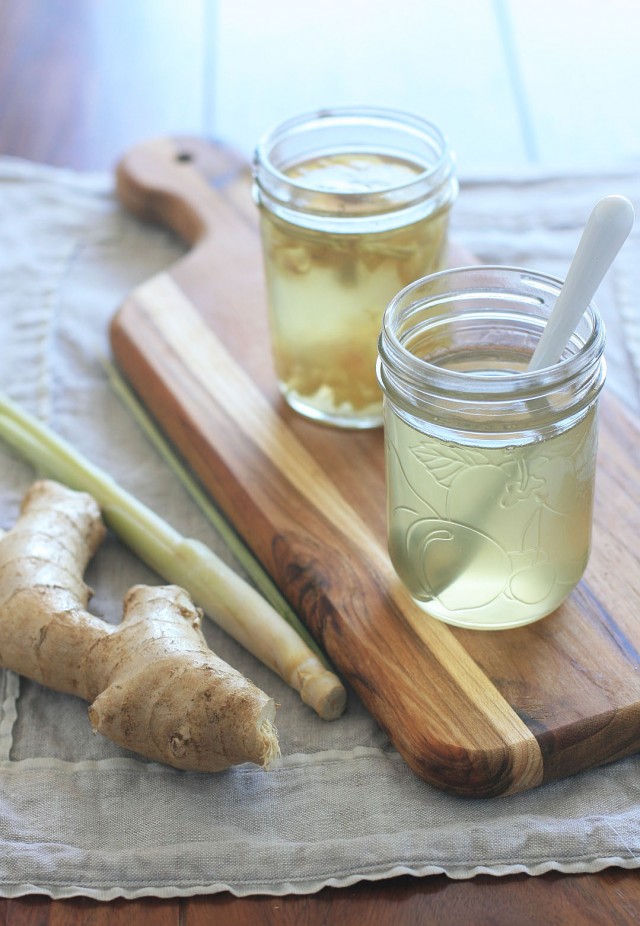 Lemongrass Ginger Syrup
Lemongrass Ginger Syrup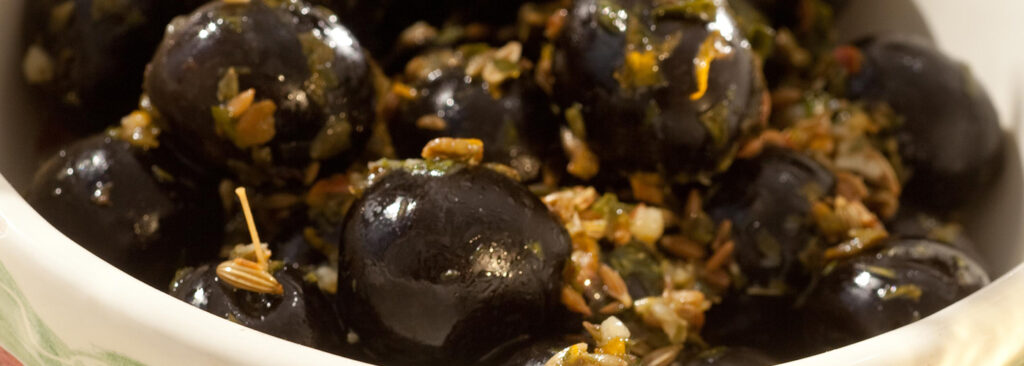 1/2 clove garlic
1/2 clove garlic